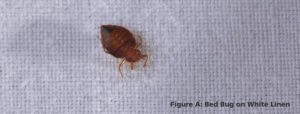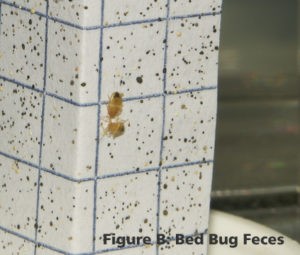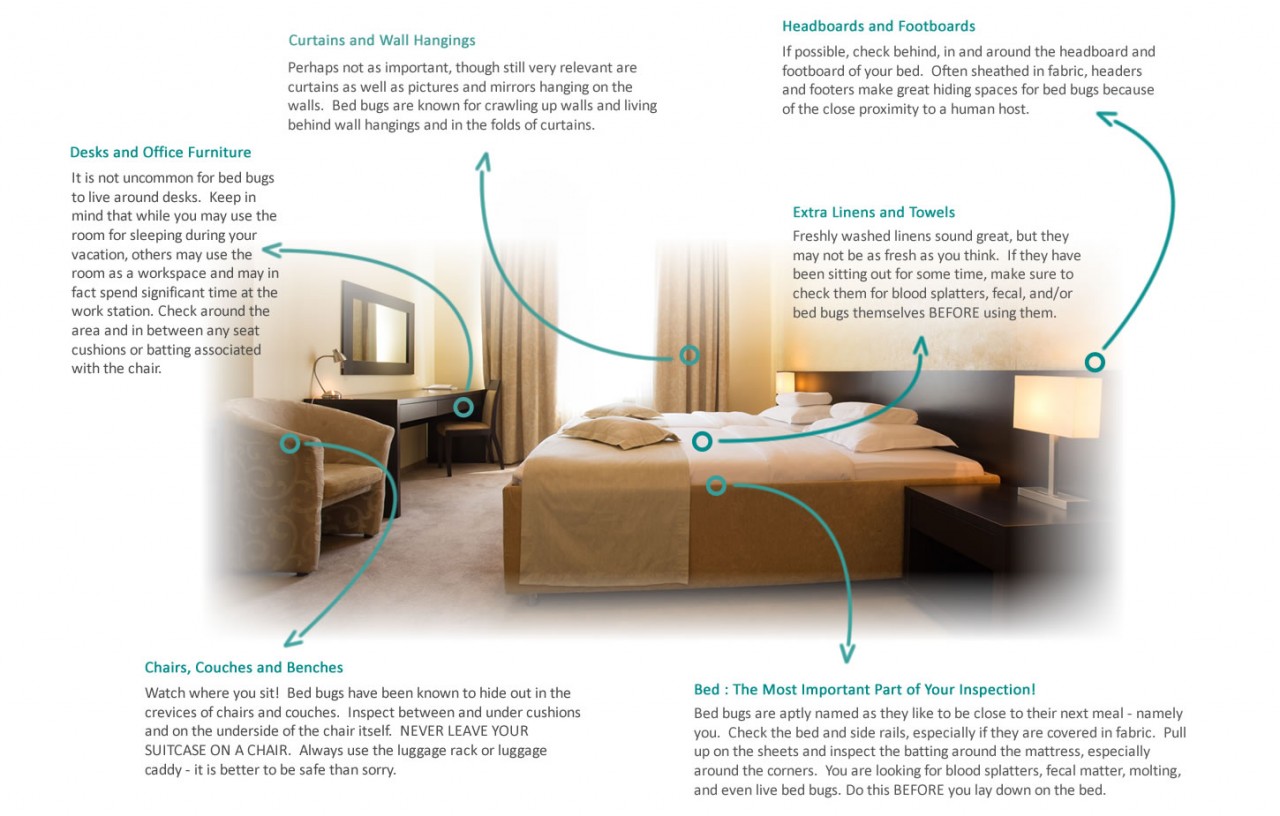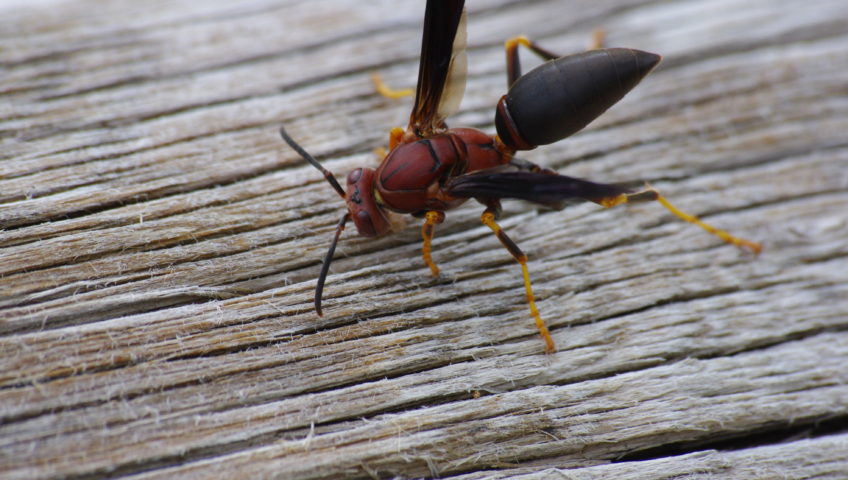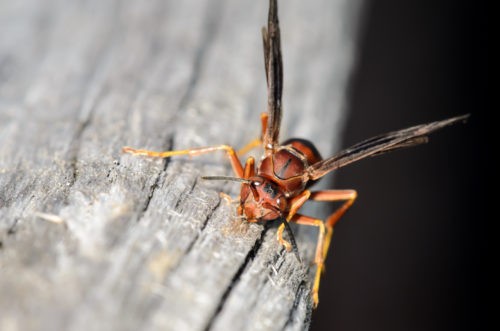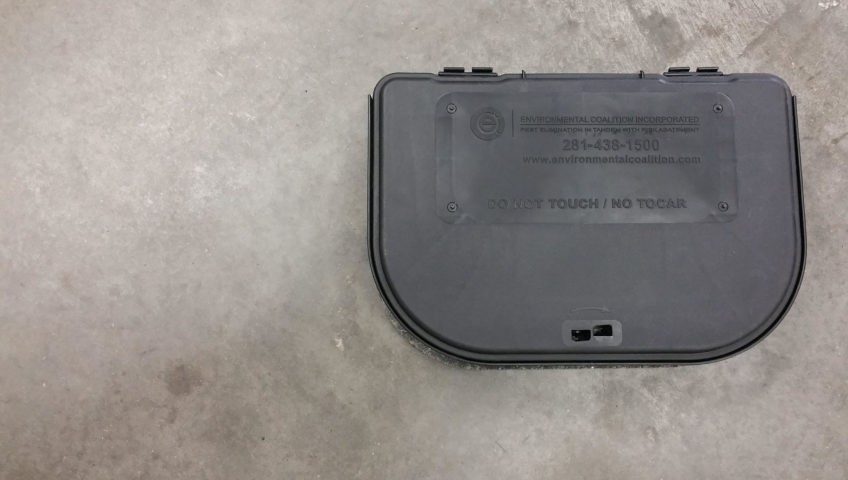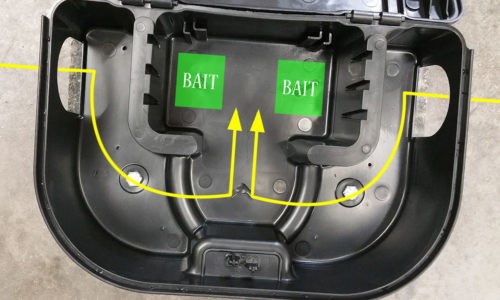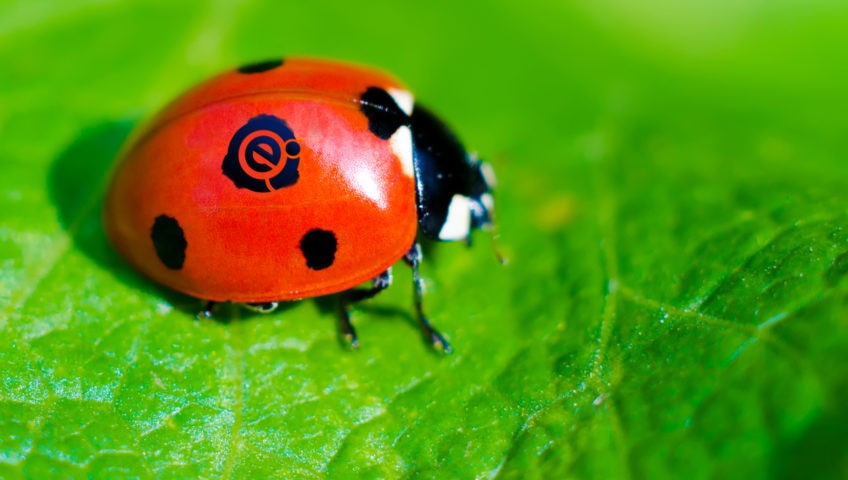As a healthcare professional or administrator, your goal is to deliver top-quality care to your patients. However, the presence of pests in your facility can undermine this goal. Pests spread bacteria, presenting a serious threat to patients with compromised health. In healthcare settings like hospitals, clinics, doctor offices, and hospices, pests are particularly hazardous. Effective commercial pest control measures are essential to ensure a sanitary environment for patients and staff.
Without proper pest control, the risk to patient health and safety increases significantly. These are the key reasons why pest control is essential in healthcare environments:
- Preventing Disease Transmission: Pests such as rodents, insects, and birds can carry and transmit bacteria, viruses, and other pathogens, posing significant health risks to patients, especially those with compromised immune systems.
- Protecting Sensitive Equipment and Supplies: Sensitive medical equipment and supplies can be harmed by pests like rodents and insects, leading to costly repairs or replacements and putting patient care at risk.
- Compliance With Regulations: Healthcare facilities must adhere to strict health and safety regulations. Effective pest control ensures compliance with these regulations and avoids penalties and legal issues.
- Enhancing Patient Comfort and Trust: If a patient spots a pest in your facility, it will undoubtedly leave a lasting impression. Maintaining a pest-free environment helps patients feel secure and well-cared for, which is crucial for their recovery and overall satisfaction.
- Avoiding Allergic Reactions: The presence of pests like dust mites, cockroaches, and rodents can lead to allergic reactions and intensify respiratory problems for both patients and staff, impacting their overall health.
- Preserving Facility Infrastructure: Pests can cause structural damage to buildings, medical equipment, and electrical systems, leading to costly repairs and potential safety hazards.
Common Pests in Healthcare Facilities That We Treat
Pests are never welcome in healthcare environments, but some are more frequently encountered than others. The good news is that we have extensive expertise in eliminating these common pest threats:
- Cockroaches: In healthcare facilities, cockroaches signal not only poor hygiene but also heightened asthma risks. These disease-carrying pests contaminate hospital or clinic food and sterile spaces, posing patient health threats.
- Flies: Similar to cockroaches, flies pose a persistent concern for healthcare facilities. They contaminate food and transmit diseases through their feet and saliva, which they use to digest food.
- Bed Bugs: The presence of bed bugs is on the rise in healthcare facilities, which rank as the second most frequent location to encounter these pests, following hotels.
- Ants: Diseases such as Salmonella and Streptococcus bacteria can be spread by ants. Pharaoh ants are particularly risky around IV units and open wounds, posing a severe infection threat to patients.
- Rodents: Among the most hazardous intruders in healthcare facilities are rats and other rodents. They spread pathogens through their droppings and can enter facilities through almost any means. Their teeth, which grow continuously, compel them to gnaw persistently on wires, insulation, and structural materials.
How Do Pests Get into Healthcare Facilities?
Pests can infiltrate healthcare facilities through various avenues, posing significant risks to patient health and facility hygiene. Here are some of the more common entry points in which pests infiltrate healthcare facilities:
- Entry Doors: Leaving entry doors open can attract pests into the healthcare facility, increasing the risk of contamination.
- Windows: Improperly sealed windows can serve as entry points for pests, allowing them easy access to healthcare facilities.
- Clothing: Pests such as bed bugs often gain entry into healthcare facilities by hitching a ride on a patient’s clothing, taking advantage of the proximity and frequent movement between different areas within the facility.
- Exterior Landscaping: Pests find refuge in exterior landscaping and trees. To prevent rodents, including squirrels and roof rats, from entering your facility through the upper floors, ensure trees are trimmed away from windows and rooflines.
- Deliveries: When receiving deliveries, especially food service deliveries, inspect the packaging thoroughly for any signs of pests before accepting.
- Cardboard Packaging: Dispose of cardboard packaging without delay. Cockroaches are notorious for hiding in and gnawing on flattened cardboard.
Bed Bugs in Hospitals, Nursing Homes, Hospice Care, and Other Healthcare Settings
Bed bugs are capable of appearing at any location and at any time. Although their presence doesn’t necessarily indicate poor hygiene or cleanliness, the public often perceives it that way. While bed bugs are not particularly dangerous, they can be irritating and pose a greater risk to sensitive populations, causing adverse reactions or triggering allergies in some patients. Moreover, the stigma associated with bed bug infestations can damage the reputation of a healthcare facility. Over the past decade, bed bug activity has surged across various commercial sectors. Beyond hotels and motels, healthcare settings such as doctors’ offices, clinics, and hospitals have seen a more rapid increase.
What’s the Best Pest Control for Hospitals and Doctor Offices?
Environmental Coalition’s two-pronged approach to healthcare pest control offers the best possible results. Our Integrated Pest Management (IPM) strategies focus on targeting high-risk pest areas and educating your staff on prevention best practices.
Environmental Coalition employs the HealthGuard pest management program to minimize pest presence in your facility. HealthGuard emphasizes control, discretion, and specialized services, such as bed bug management, to create an inhospitable environment for pests. We aim to avoid disruption by scheduling visits at times convenient for you to reduce patient traffic. Our devices can be designed to match your decor, ensuring pest management remains unobtrusive.
Call the Houston Area’s Healthcare Pest Control Leaders
Each day, you aim to deliver a healthcare environment that surpasses patient expectations. It’s crucial to have a hospital pest control provider you can rely on. Environmental Coalition has provided pest control services to office and medical buildings in the Houston area since 1991. With our expertise in pest management for healthcare providers, we can focus on minimizing pests in your facility, allowing you to concentrate on what truly matters.
Regardless of the pest problem you’re facing, our healthcare pest control experts are highly trained and experienced to ensure your patients’ safety. To learn more about our services for healthcare facilities or to schedule a free consultation, reach out to Environmental Coalition today!



